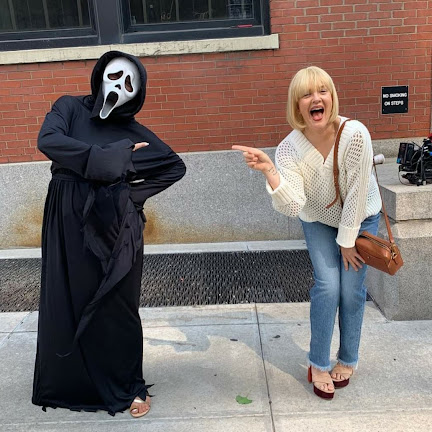Atoms, Elements and Compounds
Cards (12)
- State the relative masses and relative charges of the Protons, Neutrons and Electrons
- Explain why atoms are electrically neutral?
- What is the radius of an atom?
- What is the radius of a nucleus?
- What is the Atomic Number?
- Where is the majority of the mass of an atom?
- What is the mass number?
- How do we calculate the number of NEUTRONS using the Mass Number and the Atomic Number?
- What are isotopes?
- What are Mixtures?
- What are Compounds?
- State the equation for RAM
